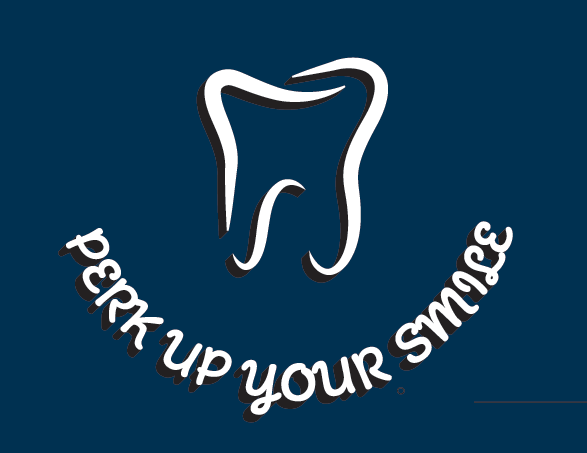Laughing Gas
Inhalation Sedation
A Safe and Effective Sedation Option
Many people experience fear or anxiety when they visit the dentist. Some may have a low pain threshold, a strong gag reflex, or a history of traumatic dental experiences. Others may need complex or lengthy procedures that require them to sit still for a long time. Whatever the reason, dental anxiety can prevent people from getting the oral care they need and deserve.
Fortunately, there is a solution: laughing gas dental. Laughing gas, also known as nitrous oxide, is a mild sedative gas that dentists use to help patients relax and feel comfortable during dental procedures. It is colorless, odorless, and has a slightly sweet taste. It is administered through a small mask that fits over the nose, and it takes effect within minutes. Patients breathe normally and remain conscious and responsive throughout the procedure.
Laughing gas dental has many benefits for both patients and dentists. Some of the benefits are:
- It reduces anxiety and pain. Laughing gas induces a state of calmness, euphoria, and tingling sensations in the body. It also lowers the perception of pain and discomfort, making dental procedures more tolerable and pleasant.
- It is safe and effective. Laughing gas has been used in dentistry for over 150 years, and it is one of the most common and well-studied sedation options. It has few side effects and risks, and it is suitable for most patients, including children and adults. It does not interfere with other medications or medical conditions, and it does not cause allergic reactions.
- It is easy to administer and control. Laughing gas does not require any injections or pills, and it can be easily adjusted by the dentist to achieve the optimal level of sedation for each patient. The dentist can also monitor the patient’s vital signs and oxygen levels during the procedure to ensure safety and comfort.
- It wears off quickly and completely. Laughing gas has a short duration of action, and it leaves the body within minutes after the mask is removed. Patients can resume their normal activities and drive themselves home shortly after the procedure. They do not experience any hangover or memory loss from the sedation.
Laughing gas dental is not a perfect solution for everyone, however. Some patients may not be good candidates for laughing gas, such as those who have:
- Severe respiratory problems, such as asthma, COPD, or sinus infections.
- Vitamin B12 deficiency or certain blood disorders, such as sickle cell anemia or methemoglobinemia.
- Severe psychological disorders, such as schizophrenia or bipolar disorder.
- Nasal obstruction or difficulty breathing through the nose.
- Pregnancy or breastfeeding, unless approved by their obstetrician.
Additionally, some patients may experience some minor side effects from laughing gas, such as:
- Headache, nausea, vomiting, or dizziness.
- Shivering, sweating, or fatigue.
- Dry mouth, sore throat, or earache.
- Hallucinations, dreams, or nightmares.
These side effects are usually mild and temporary, and they can be prevented or treated by:
- Eating lightly before and after the procedure.
- Breathing pure oxygen for a few minutes after the procedure.
- Drinking plenty of water and resting after the procedure.
- Informing the dentist of any medical history, medications, or allergies.
In conclusion,
laughing gas dental is a safe and effective sedation option for many patients who need dental care but suffer from dental anxiety. It can help them overcome their fear and pain, and make their dental experience more enjoyable and successful. Laughing gas dental is not without risks or limitations, however, and it should be used with caution and under the supervision of a qualified dentist. Patients should consult with their dentist and discuss their options and expectations before choosing laughing gas dental.
Contact Information
Phone: 832-930-7843
Fax : 281-692-2254
10237 Bailey Road Suite 107, Manvel, Texas 77578

Se Habla Español
Contact Us
Contact Us
Thank you for contacting us.
One of our team members will get back to you shortly. If you would like to reach us sooner, please call us at 832-930-7843.
Perk Dental.
Please try again later
